Everest Base Camp Trek Packing List Suggestions
Everest base camp trek is a lifetime experience in the zone of the Himalayan giant, Mt. Everest.
Everest base camp trek is a lifetime experience in the zone of the Himalayan giant, Mt. Everest.
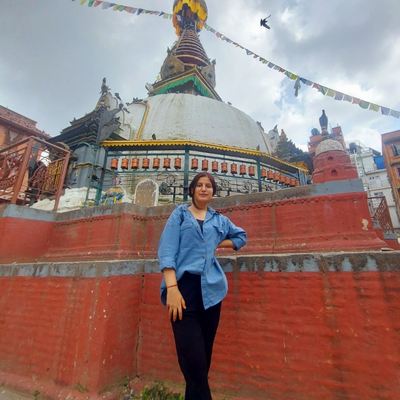
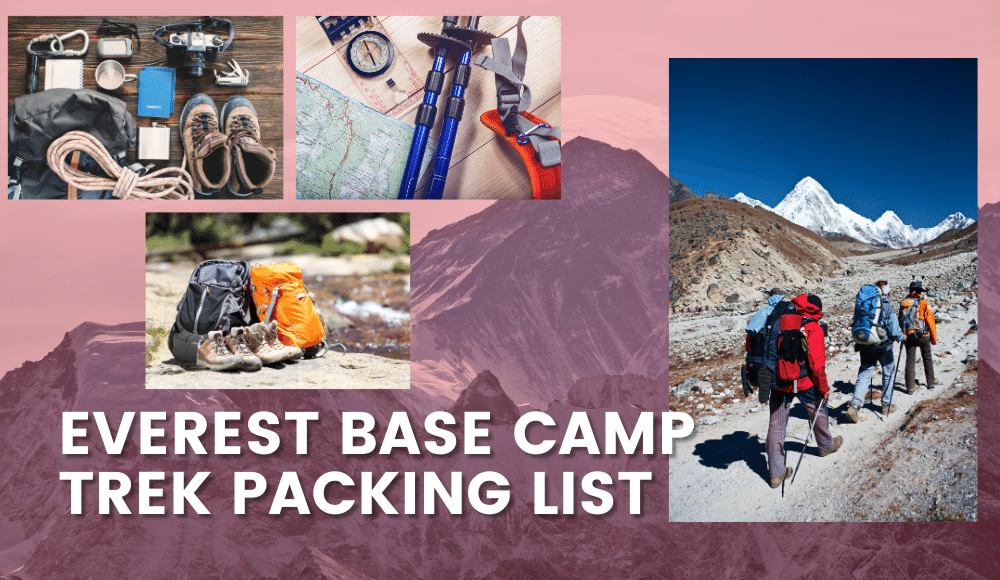
Are you excited to experience the wonderful trek of the Khumbu region, Everest base camp trek? If so, plan it nicely and accordingly, then only jump to the Khumbu region. Before trying out trekking, you need to consider many things, from your place of stay during the trek to what to pack for the trek. Hence, think wisely, and then join the adventure ahead.
Among all the trek prepping and planning, the most important is knowledge of backpacks and essentials. Before heading for the Everest base camp's long and incredible journey, please have references for the essential Everest base camp packing list. Otherwise, your trek may not be as fruitful as you have imagined it to be. So, understanding your delusions and dilemma, we, Altitude Himalaya, have tried to guide you for the successful Everest base camp trek with all the required information on trekking essentials through the following article. Feel free to scan to learn more about the Everest base camp trek and be at ease.
Everest base camp trek is the renowned trek of the Khumbu region. This trek is one such step which will grant you a chance to get closer to the world's highest peak, Mount Everest. The Everest base camp trek starts and ends at Lukla. During this trek, you will hike across the Sagarmatha national park, a national park at the highest altitude with unique biodiversity. Every year hundreds of trekkers march in this region with giant proud smiles snickered on their faces as just an attempt to join this trek is itself considered a victory.
As you are here, planning the Everest base camp trek, there is no need to explain what trekking is and how it is done. You may already know it, but remember, trekking is unlike some luxury visits or sightseeing. It's unique because it has the struggle, tears and joy, but still, all the struggle is nothing compared to the immense pleasure you will receive at the end of the trek. You must hike continuously for several days during the trek, carrying the essentials. So, try to have your backpack as light as possible; for which, you must have a good backpack guide.
You have trek in a remote mountain zone, so carry all the trekking gear and backpack essentials. There is no need for camping, as there are multiple teahouses and lodges within the trail. Besides the camping gear, you need to pack all other essentials, from Toothpaste to Snacks. Also, note that you must have obtain two permits for the Everest base camp trek. So, remember to include this in your backpack. In addition, you also need to carry some papers of your health insurance covering the helicopter rescue in case of an emergency. A listing of the Everest base camp trek gear is done below. You can go through that for further reference.
|
Backpack |
Duffels |
|
A pair of Basic clothes |
One Windproof down jacket |
|
One Rain Poncho |
One Shell jacket |
|
One Fleece jacket |
Running shoe |
|
Sunglasses |
Waterproof Hiking boots |
|
First aid kit |
A pair of inner Thermal set |
|
A pair of Waterproof outer gloves |
Fleece vest |
|
Toiletries |
Fleece pants |
|
Neck gaiters/ balaclavas |
Undergarments (moisture repelling) |
|
Hiking sticks/ poles |
Sports bra( in case of girls) |
|
Microfibre towels |
Tshirts |
|
Headlamps, Swiss knife |
Long sleeve t-shirts |
|
Beanie or hat |
Shorts |
|
Dried fruits, and snacks |
Yoga pants, trousers |
|
Ear plug |
Waterproof hiking pants, breathable |
|
Water bottle |
Portable charger/ adapter |
|
Maps |
Extra toiletries |
|
Phone |
2 to 3 pair of warm woolen socks |
|
Nepali currency |
Sleeping bag |
|
Documents required for the trek |
Flip Flop or slippers |
Everest base camp trek is a lifetime experience in the zone of the Himalayan giant, Mount Everest. This trekking starts with a scenic flight to Lukla airport and traverses through the beautiful off-beat trails of Sagarmatha national park. This Everest base camp trek is the most joined and appreciated mountain trek in Nepal, as a huge crowd is seen every time and everywhere lurking on the trails. This trek to Everest's base camp is a beautiful combination of culture and nature with the fantastic hospitality of the mountain heroes, the Sherpa people.
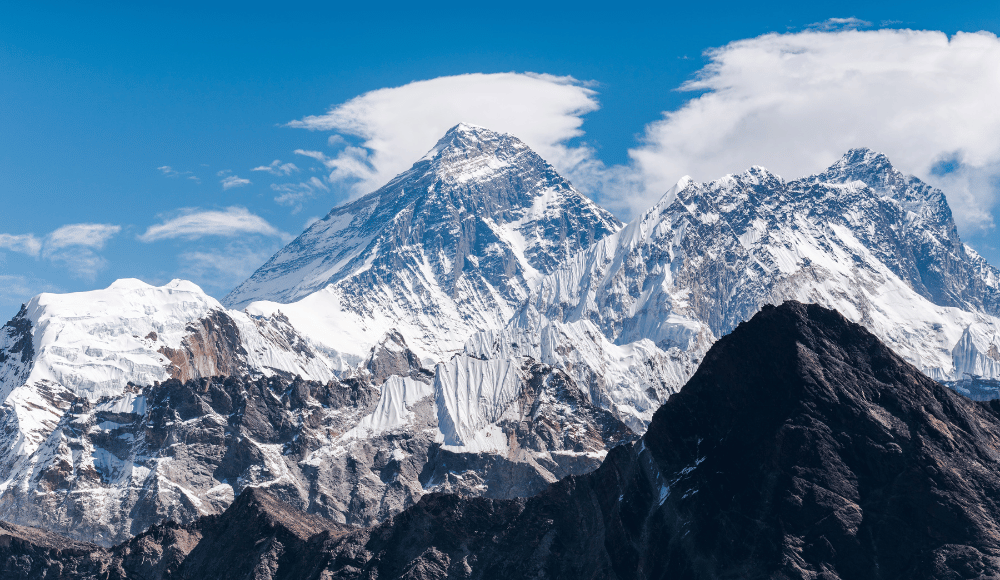 There is one fascinating fact about the Everest base camp trek: though the name titles Everest base camp trek, you can't actually see Everest from Everest base camp. You have to hike up to the Kalpathar to get a closer and better view of the array of startling peaks, including the majesty Everest. And yes, You can see Everest from the trails leading to the base camp, but Everest is not visible from the base camp itself. The Everest base camp is the starting point for the Everest expeditions. You can see the multiple bright-coloured tents and people preparing to summit the world’s highest peaks from the southern ridge.
There is one fascinating fact about the Everest base camp trek: though the name titles Everest base camp trek, you can't actually see Everest from Everest base camp. You have to hike up to the Kalpathar to get a closer and better view of the array of startling peaks, including the majesty Everest. And yes, You can see Everest from the trails leading to the base camp, but Everest is not visible from the base camp itself. The Everest base camp is the starting point for the Everest expeditions. You can see the multiple bright-coloured tents and people preparing to summit the world’s highest peaks from the southern ridge.
There may be numerous reasons behind the Everest base camp trek hype, but the major one could be the dramatic landscapes with the constant glaring snowy giants. The trails to the base camp are diverse, as sometimes it goes through the woodlands, sometimes through the suspension bridges, and sometimes through the traditional Sherpa village. It allows you to collect all the memories within a single trek, culture, nature, and tradition. The Chortens, monasteries, Mani walls, and stones on the trail demonstrate the local’s spiritual beliefs, customs, and practices.
Get in touch with our experts right away and finalize an experience!
About Us|
Day 01: Fly to Lukla, Trek to Phakding |
|
Day 02: Trek to Namche Bazaar |
|
Day 03: Acclimatization in Namche Bazaar |
|
Day 04: Trek to Debuche |
|
Day 05: Trek to Dingboche |
|
Day 06: Acclimatization in Dingboche |
|
Day 07: Trek to Lobuche |
|
Day 08: Trek to Gorak Shep, hike to Everest base camp, and return back to Gorakshep |
|
Day 09: Hike to Kalapathar, and Trek down to Pangboche |
|
Day 10: Trek to Namche bazaar |
|
Day 11: Trek to Lukla |
|
Day 12: Fly to Kathmandu |
Everest base camp trek can be done year around except for the harsh winter months of late January and February. As it is well known, every trek differs by the person; the same applies to the Everest base camp trek too. Some dare to do it even in the cold, harsh winter months; some try it in the monsoon period, while most go for the autumn and spring. Each season in the Everest region bestows some uniqueness of the Khumbu region.
Autumn and spring are the ideal times for the Everest base camp trek. With its clear visibility of the incredible scenery, autumn attracts visitors, while spring, with its wild charisma, lures the trekkers into its peaceful mountain ambience. So, a large crowd on the trails to base camp is observed during this period of time. The spring also demonstrates the renewing process of mystic nature. The red-yellow leaves on the trail and the vibrant surrounding make the trek during this time more enjoyable. Spring in the Everest region is fantastic, but it doesn't mean the autumn is lesser than that; it is even more phenomenal, especially in October. All the beauty of the Khumbu region beams during this time, filled with immense charm and glory, making the visit worth every pain and penny.
Everest base camp trek can be done even in the monsoon period, but there is a slight risk of landslides and soil erosion during this time. Because of the continuous rainfall, the trails are not that easy either, extremely slippery, but as there is a saying when there is a will, there is a way, and you will find a way out of it, too, if you are really into it. Also, those who want to escape the crowd and get the whole trail to themselves join the Everest trek at this time. You will find no one on the track except for some local sherpas.
Additionally, One fascinating fact about the Everest monsoon trek is after the rainfall, the sky gets clear, and all the mountain views or simply the peaks above eight thousand and several others of the Khumbu region, are unobstructedly visible. The clear blue sky and the trekking through such diverse plains and terrains make the Everest monsoon trek worthwhile, even after some inconveniences.
The Everest base camp trek is possible even in the winter season, but only up to mid-January. Winter hits Nepal from late November to February, and the cold is extreme from Late January to February. So, all the trails to the Everest base camp get covered by the snow at this time, making it extremely difficult to walk. Not only the snow-covered trails are the only problem during this time trek. You need help finding a teahouse at the highest elevation, as most remain closed from mid-January. It is easier to find one if an advanced booking is made prior. On top of this, the frozen water makes it extremely difficult to conduct daily hygiene activities, which is also considered a significant problem during the Everest base camp trek during late winter.
It differs actually by the gears. If we are talking about clothes, it's better to buy, rather than rent, as you can still use them in winter or for another trek or expedition. So, it is advisable to buy clothes. Coming to the bags, you can buy a backpack but rent a duffel. It will decrease your expenses in the last hour and is more convenient, as a backpack is helpful for several activities. It is more than enough for an occasional trekker as all the essential gear can be contained within it.
Indubitably, you can rent a sleeping bag or liner rather than buying one, as you will have enough warm covers and clothes at your house and no need to lay on the sleeping bag. You can buy or rent the poles, as it is entirely on you, but I suggest buying one, as it may come in handy other times too. Apart from this, you must spend some pennies for all other personal items and your daily requirements, as renting is unavailable and could be more hygienic.
A short listing of the items for the Everest base camp trek is done and discussed above. Here we are going into detail about each necessity of the trek.
The major of all is this clothing. A better idea of clothing during the trek not only keeps you safe but also helps to make your trek exciting and fun. For the Everest base camp trek, you have to layer the clothes in three layers: The base layer, the middle or insulin layer and the shell or outer layer.
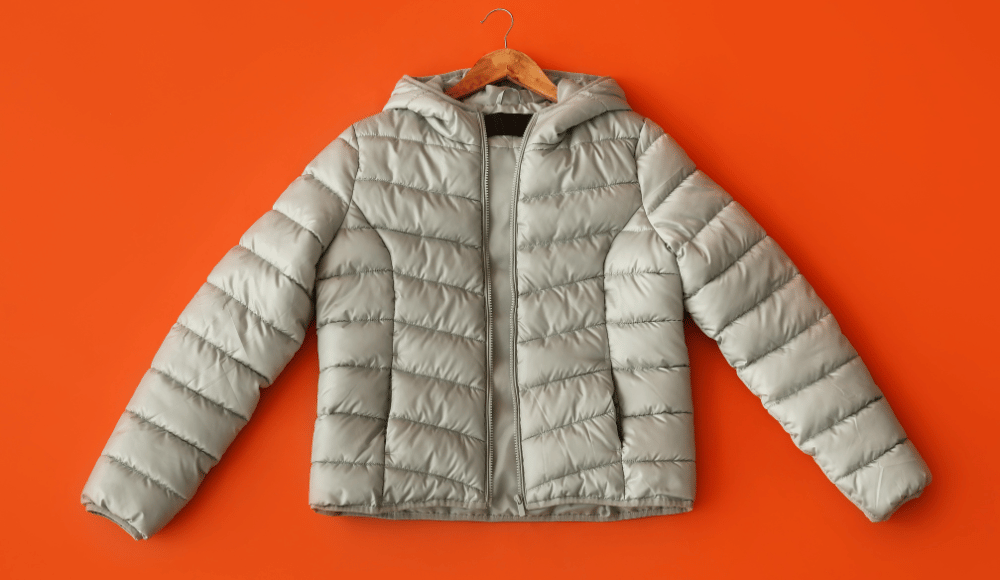 For the base layer, use the water non-absorbent synthetic clothes and avoid cotton clothes. It's because trekking means a continuous walk for several hours, and undoubtedly you will sweat during the process. If you use cotton clothes, they will soak the moisture faster, and take a longer time to dry, making it very uncomfortable to walk. So, especially when it comes to undergarments, please pay great attention. No one wants to be tacky and itchy. So, choose those that dry in less time. Try to pack undergarments, a sports bra for ladies, a pair of thermal sets, and inner socks, inner gloves as a base layer of clothes. Do remember, to include woolen or synthetic clothes for this layer.
For the base layer, use the water non-absorbent synthetic clothes and avoid cotton clothes. It's because trekking means a continuous walk for several hours, and undoubtedly you will sweat during the process. If you use cotton clothes, they will soak the moisture faster, and take a longer time to dry, making it very uncomfortable to walk. So, especially when it comes to undergarments, please pay great attention. No one wants to be tacky and itchy. So, choose those that dry in less time. Try to pack undergarments, a sports bra for ladies, a pair of thermal sets, and inner socks, inner gloves as a base layer of clothes. Do remember, to include woolen or synthetic clothes for this layer.
|
Base Layer |
|
Boxers and Undergarments |
|
Sports bra in case of ladies |
|
Thermal set |
|
Inner socks |
|
Inner gloves |
The layer above the base, the insulin layer, is mainly for heating your body. So, the bulky fleece items come under it. Fleece vests, sweatshirts, convertible pants and trousers are middle-layer clothes. Also, note down, Fleece jackets are the main warmer for the Everest base camp trek. Above it, you can add any extra layer, and that's what the shell or outer layer is.
|
Middle/Insulin Layer |
|
Sweatshirts |
|
Yoga pants |
|
Lightweight Fleece jackets |
|
Fleece vests and trousers |
|
Long sleeves shirts |
For the outer layer, go for the best windproof items and waterproofs. Rain Poncho, Shell jacket, windproof Down Jacket, balaclava or buff, some pairs of soft shell pants, and hiking pants lie in this layer of clothes. These are the major ones; additionally, you need to pack some Beanies, hats, gaiters, outer gloves and socks, and some Sunglasses, which we will discover over the other sections. If you like to add more, you can load some scarves too, but it's unnecessary. Also, if you are trekking in the summertime, you can add some summer clothes, such as regular t-shirts, long-sleeve t-shirts, shorts, yoga trousers, and convertible pants.
|
Outer Layer |
|
Rain Poncho |
|
Shell Jacket |
|
Windproof down jacket with hood |
|
Convertible pants, Softshell pants |
|
Regular T Shirts, shorts, sun hoodies (for summer) |
You don't need to pack loads of items for the footwear. Remember, the goal is to pack all the essentials and have the rucksack lighter, not heavier, so don't flounder with everything you have. Pack cotton and woolen socks, a flip-flop or slipper, and a pair of hiking boots or running shoes for footwear. It would be more than enough for the EBC trek. If you are willing to buy a hiking boot just for this trek, look for those with good ankle support and grip. Also, you can add some gaiters, but it's completely optional. Additionally, If you are trekking in the winter, it will be easier if you carry some crampons.
Cotton and woolen socks
Flip flop/slipper
Hiking boot
Running shoes
Gaiters and Crampons (Optional)
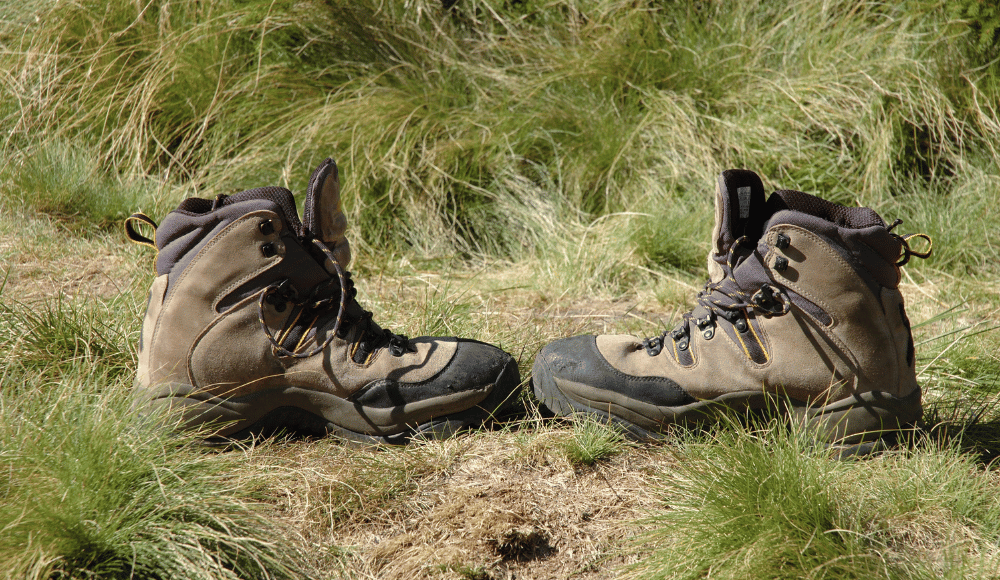
As the strong wind howls in the Everest region as the elevation rises, you need to pack some headwear. For this Everest base camp trek, you don't need to add extra layers for headwear, just add some beanies or hats. Additionally, you can add some balaclavas, and neck gaiters, which will be helpful for both your face and neck. For the hand, pack some gloves (woollen) with an inner liner. Since you will hike to Kalapathar in the early morning, you need to have your hands and heads well covered. So, get yourself thick waterproof gloves.
Beanies or hats
Balaclavas or neck gaiters
Waterproof gloves
The container to hold all your belongings are the bags. For the EBC trek, you must have two bags: a backpack and a duffel. A detailed guide of what to include in these bags is listed above. You can either rent or buy them, but before doing Anything, know your requirements and the bag's capacity and threshold it can resist. For the EBC trek, a duffel of 70 to 90 L and a backpack of 50 to 60 l is ideal.
 While looking for a duffel bag, go for the lightweight and durable one, as it bears most of your trek essentials. You will give your duffel to the porter, so ensure it has the lock features. Refrain from overloading the duffel, as a porter can only carry up to 15 kg. Not only the porter, but you also can’t take more than 20 kg, including your duffel and backpack, through the Lukla flight. Consider this too.
While looking for a duffel bag, go for the lightweight and durable one, as it bears most of your trek essentials. You will give your duffel to the porter, so ensure it has the lock features. Refrain from overloading the duffel, as a porter can only carry up to 15 kg. Not only the porter, but you also can’t take more than 20 kg, including your duffel and backpack, through the Lukla flight. Consider this too.
The major is the backpack; you need to be more precise about the backpack than the duffel. It is the one you will be carrying throughout the trek. So, Look for a backpack having broad shoulders, with hip and chest straps, so that there will be additional support and the bag will not slide down. Not only this, check whether it has a breathing panel or not. If it does not have a breathing panel, leave it. Also, search for a backpack with an inbuilt rain cover, otherwise, you have to purchase a rain cover. Additionally, look for one With multiple compartments, so you can save time searching for the items and store them more manageably.
You can choose what to take, a sleeping bag or a liner. If you are taking the sleeping bag, go for the mummy-shaped sleeping bag designed to tolerate 0 deg celsius rather than the other rectangular ones. Some may wonder why you even need this. Won't the teahouse provide it? Yes, you will get warm blankets in the teahouses too, but it may need to be more at the highest elevation. Also, many carry a sleeping bag as they are not that comfortable laying on the sheets of the teahouses. You can also consider taking a sleeping bag from the hygienic aspect. You can place this sleeping bag beneath the warmers provided by the teahouse owners.
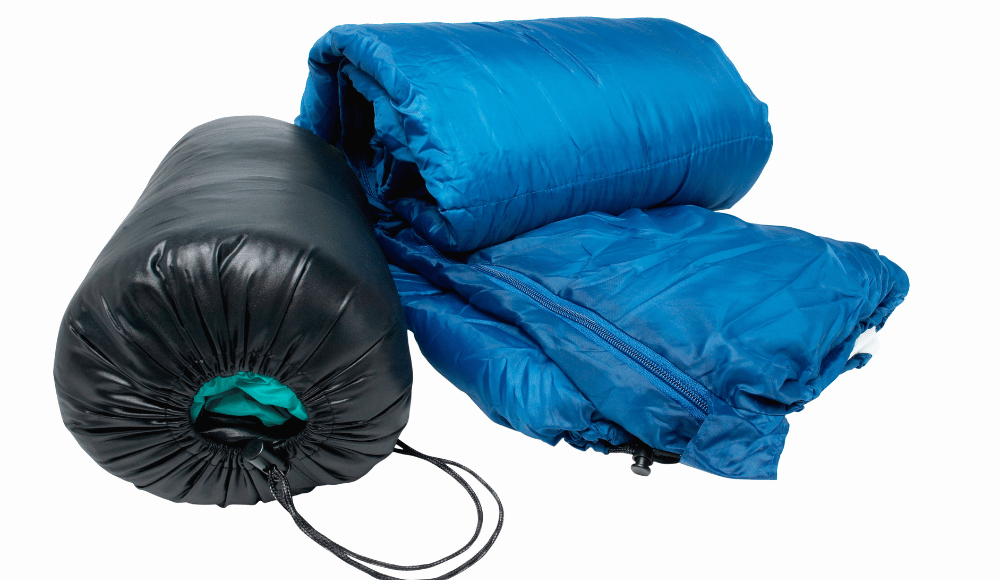 Alternative to the sleeping bag, you can take linear instead. I prefer this over the sleeping bag. It is much lighter than the sleeping bag and is easy to wash. You can easily include it in your backpack too. The fleece inside will provide enough warmth. Additionally, you can also get a sleeping bag with a liner. It could be the best for the EBC trek.
Alternative to the sleeping bag, you can take linear instead. I prefer this over the sleeping bag. It is much lighter than the sleeping bag and is easy to wash. You can easily include it in your backpack too. The fleece inside will provide enough warmth. Additionally, you can also get a sleeping bag with a liner. It could be the best for the EBC trek.
You must carry a first aid box for the EBC trek, including essential medicines. Some of them are Paracetamol, Ibuprofen, Electrobin sachets, Diamox (anti-altitude sickness pill), Dettol, cotton gauges in case of some wounds, and cuts, anti-constipation pills, pain killers, allergy medicines, blister plasters, pain relief spray, and ointment, hand sanitisers, and some anti-diarrhoea pills. Also, include some water-purifying tablets too. Be sure to carry the above mentioned items, as you may not receive health services during the Everest base camp trek.
Paracetamol
Ibuprofen
Electrobin sachets
Diamox
Dettol, and hand sanitisers
Cotton gauge
Anti constipation pills
Anti diarrhea pills
Allergy medics
Blister plasters
Pain relief spray
Water purifying tablets
Anti chafing creams
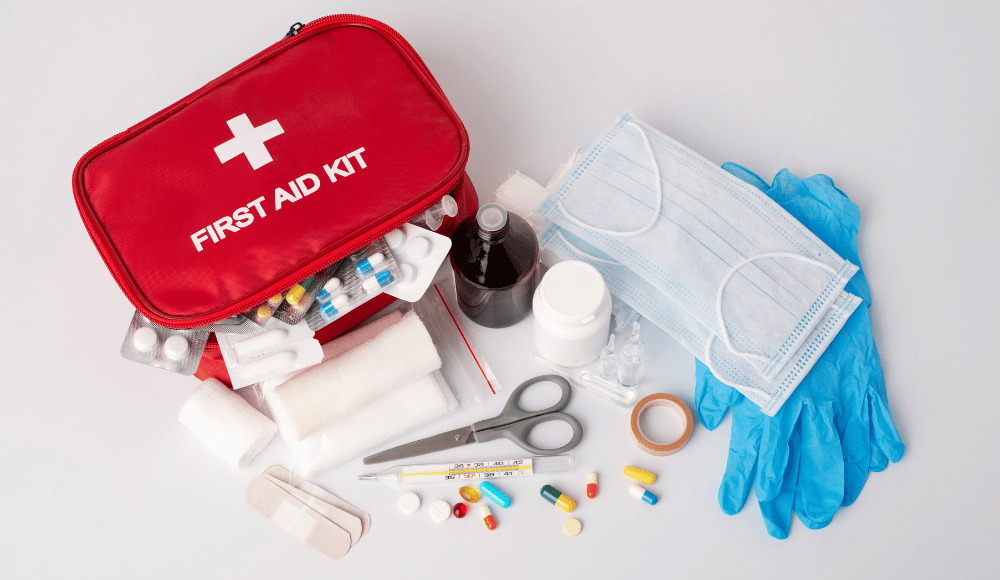
Under this comes the items which are not mandatory but you can add to make your trek more exciting. You can pack hiking sticks or poles, microfibre towels, a swiss knife, and earplugs. Poles would be your great support in such complex trails, more like a third leg. Towels are a must for hygiene; you may or may not find them in the teahouses, so carry them yourself. A swiss knife can always be your friend in case of security and getting you detangled from the bushy trap. Also, You may have to share your room with someone sometimes, and your other fellow might be a great snorer, so in such cases, a pair of earplugs could be a blessing. So, you can add this too.
Poles
Microfibre towels
Swiss knife
Earplugs
Headlamps
You can place the Daily hygienic items under this. For the Everest base camp trek, you need to purchase these items in Kathmandu because they will cost you more in the Everest region. Also, as you will stay in the Everest region for more than a week, consider buying these items in large quantities, as you will need these every single day. Some are toilet paper, wet wipes or baby wipes, toothbrush, and paste, deodorants, body creams, vaseline lotion, sanitary napkins, and tampons. Regarding baby wipes and toilet paper, always carry more, as the water remains frozen in higher elevations in cold months, and you need to rely on these.
Toilet paper
Wet wipes/ baby wipes
Toothbrush and paste
Deodorants
Body creams and lotions
Sanitary napkins and tampons
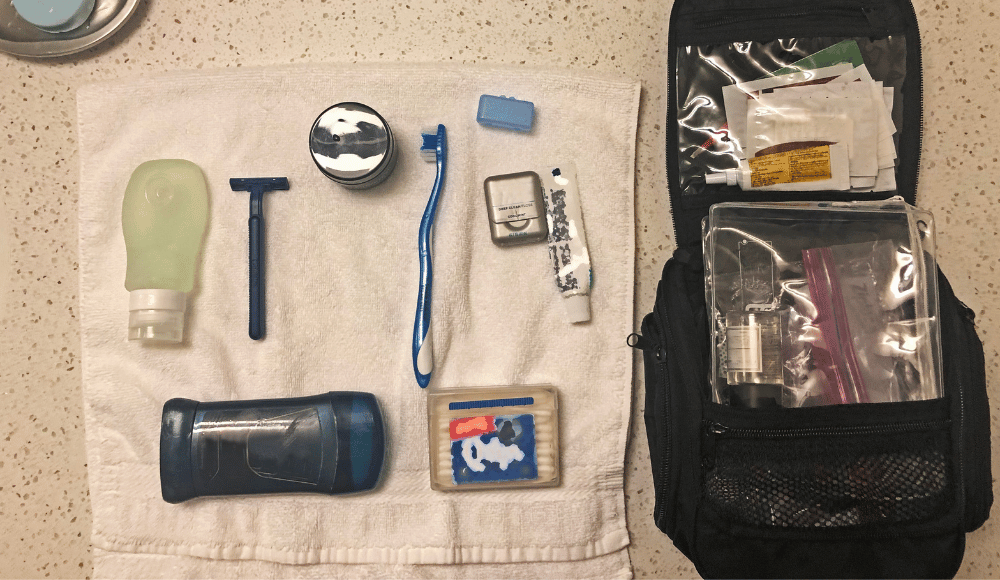
You need to pack good sunscreen, a hat, and a pair of sunglasses as a sun shield for this Everest base camp trek. Whether indoors or outdoors, sun protection is best for preventing skin-related issues. So, always carry sunscreen wherever you go. Also, Because of the bright shining mountains, it's tough to gaze at them with the bare naked eye, so just like sunscreen, sunglasses are the most UV protection in case of this Everest base camp trek. Additionally, You can carry some sun hats as an extra shield.
Sunscreen
Hat
Sunglasses
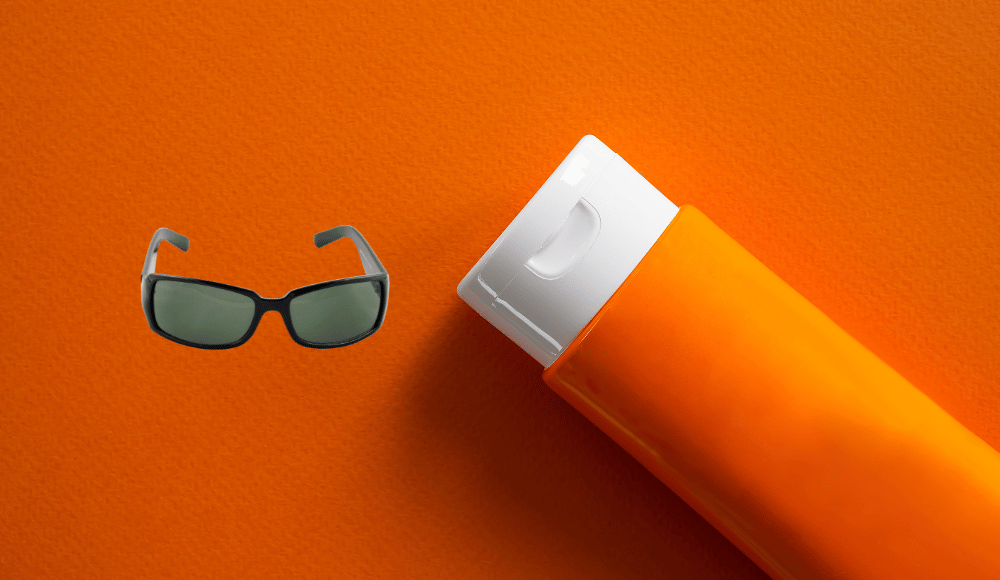
You need an Everest base camp trek permit, Nepali currency, passport, and insurance for this trek. Include this in your backpack, as you may have to present some of this in the check post.
Everest Base Camp Trek Permits
Nepali Currency
Passport
Insurance Proof
A map and a compass are mandatory for the Everest base camp trek. It will guide you throughout the trek. Also, there are symbols in the trails if you get lost; follow those, and they will lead you to the destination. Additionally, you can get some navigating knowledge prior, which may be helpful.
Maps
Compass
You don't need to carry whole food items as you will have a nice meal in the teahouse. You just need to pack snacks, energy bars, dried fruits, and nuts to have them during the trek. Also, you can add some chocolates for instant energy.
Snacks
Energy bars
Dried fruits and nuts
Chocolates
Along with the above-discussed essentials, you can also have your phone, camera, portable charger/ adapter, and hydration bladder in the backpack. You can just carry a water bottle in place of a hydration bladder, but it's your choice. All these include the adequate necessities for the Everest base camp trek.
our first-hand Himalayan travel experience